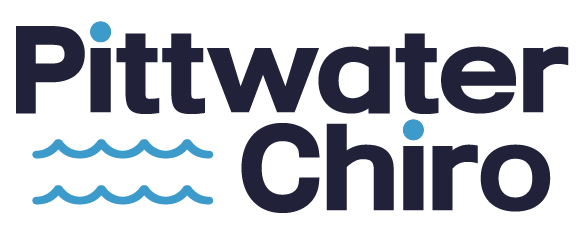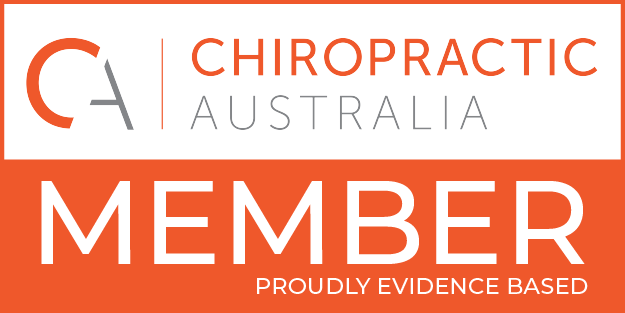Our Services
At Pittwater Chiro, we pride ourselves on using hands-on manual therapy in combination with the latest technology. This arms patients with the knowledge and skills needed to manage their health through movement and exercise.
Chiropractic is a holistic and drug-free approach to health and wellbeing that focuses on the relationship between your spine and nervous system. Our skilled chiropractors use their expert knowledge and hands-on techniques to assess, diagnose and treat musculoskeletal issues, naturally helping you achieve optimal health.
Chiropractic
Dry needling is a modern therapeutic technique designed to alleviate muscle pain. The minimally invasive procedure involves a skilled insertion of thin, sterile needles into specific trigger points or tight muscles. This helps your body release tension and promotes natural healing.
Dry Needling
Exercise rehabilitation or exercise rehab is a dynamic and empowering approach to recovery and overall well-being. This personalised, evidence-based method harnesses the incredible power of movement to restore function, reduce pain, and improve your physical health.
Exercise Rehab
Shockwave therapy is a cutting-edge, non-invasive treatment that harnesses the incredible power of soundwaves to heal and rejuvenate your body. This innovative therapy has revolutionised how we address musculoskeletal conditions, delivering remarkable results without surgery or medications.
Shockwave Therapy
By tailoring each treatment to address specific concerns, remedial massage is personalised treatment for pain, stress relief and optimal healing. It helps people of all ages, dealing with tension headaches, stress, soft tissue injuries, mobility restrictions, post-surgery, poor posture, sports performance, and recovery.
Remedial Massage
Conditions we treat
Back Pain
Sports Injuries
Hip and Pelvic Pain
Neck Pain and Headaches
Extremity Pain
Muscle Strains


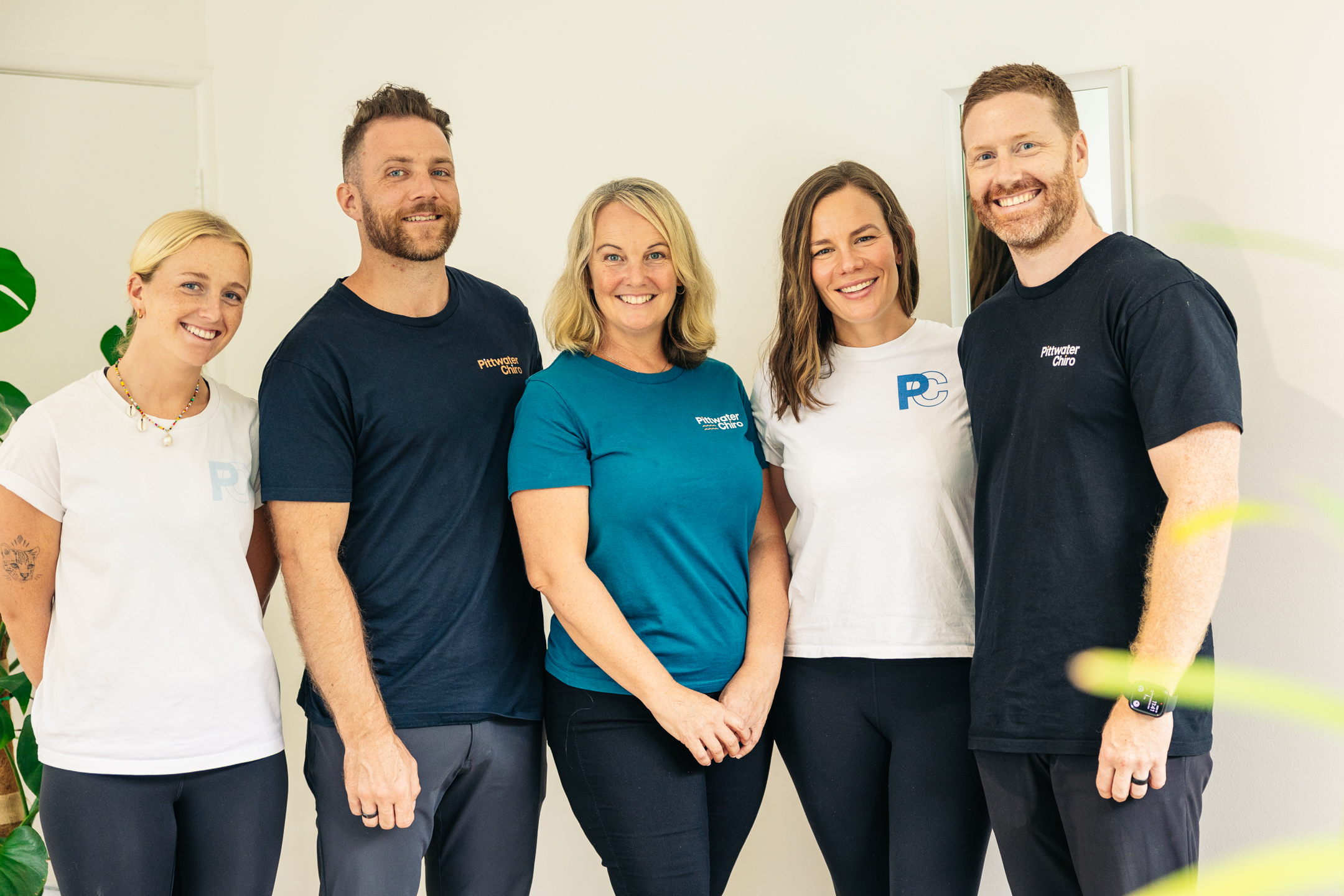
Our Team
Pittwater Chiro is a group of forward-thinking chiropractors. We strive to help patients gain a deep understanding of their injuries, including the mechanisms and lifestyle factors that may have led to them. We create a personalised recovery path for everyone, with solutions based on the latest research and scientifically proven methods.
We come from various athletic backgrounds. So whether you are an elite athlete or any everyday local, we know what it takes to help you perform at your best.
What to expect?
1
History of injury or pain
2
Examination
3
Diagnosis
4
Treatment
What We Offer?
- Discovery Call: 10 minutes
- Initial Consultation: 40 minutes
- Exercise Prescription Consultation: 30 – 40 minutes
- Long Consultation: 30 – 40 minutes
- Standard Consultation: 15 – 20 minutes
- Remedial Massage: 30 minutes and 1 hour

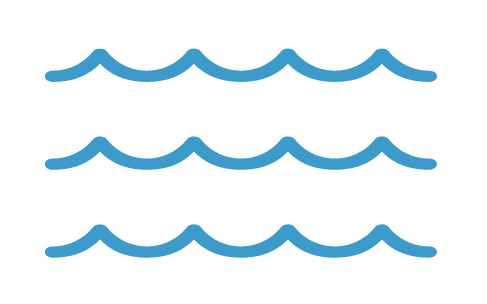
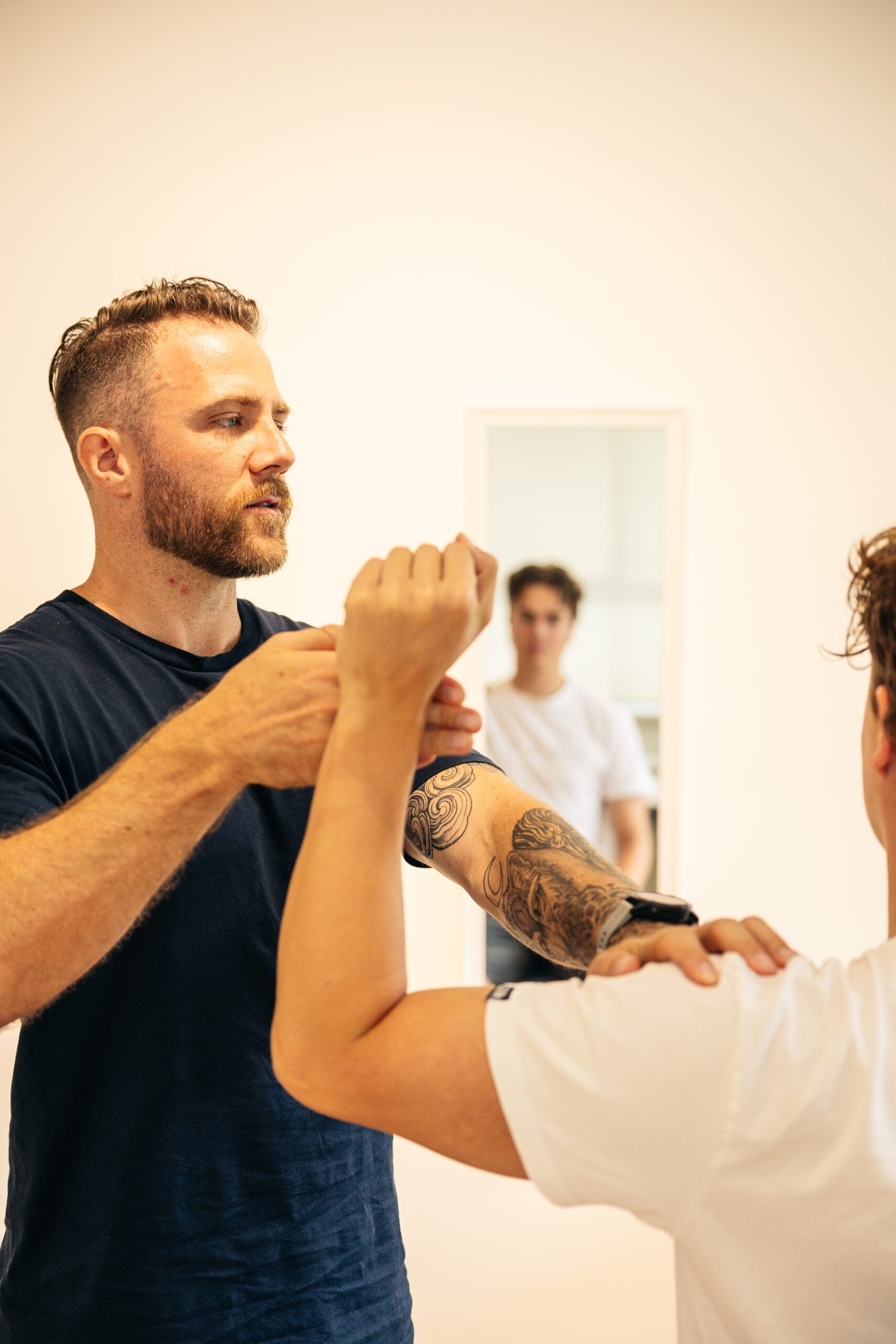
Examinations
During your initial and follow-up consultation, your chiropractor will use a variety of examinations to determine the site and origin of the symptoms you are experiencing. These examinations include, but are not limited to, a thorough history, orthopaedic and neurological tests. In some cases, an X-ray or further imaging will be performed. The team at Pittwater Chiro takes pride in communicating with local GPs, specialists and other allied health professionals to ensure our patients receive the best possible care.
Frequently Asked Questions
Chiropractors are neuromuscular therapists who focus on treating the spine, pelvis, joints and nervous system. By taking a thorough history and examination, they provide a diagnosis and a comprehensive evidence-based treatment plan. The plan is individual, depending on the patient’s condition. It can include spinal adjustments, physical therapy and exercise and lifestyle modifications. All this facilitates the healing of the injured area and prevents re-injury.
An adjustment is a high-velocity low amplitude movement. It is applied by hand to a specific joint of the body that the chiropractor has diagnosed as an underlying cause of pain and restricted movement. Providing an adjustment can increase movement, decrease pain and optimise the function of that joint. When we are doing an adjustment, you may hear a popping noise. Relocating the joint creates negative pressure which causes the burst of a nitrogen gas bubble trapped within the joint.
One of the features of a chiropractic adjustment is the immediate effect, that is, the noticeable decrease in pain within seconds after the adjustment has been made. While its clinical effectiveness has been well documented in research, the mechanisms underlying its beneficial effects on pain are not fully understood. Chiropractic adjustments of physically dysfunctional joints may alter the transmission of pain signals not only at a spinal level but also within the brain.
As with every form of treatment, there are risks and benefits. Among the benefits of Chiropractic care are decreased pain, increased movement and a reduction in additional symptoms, eg., headaches and radiculopathy (referred pain). Chiropractors undertake five years of university education to become safe and efficient practitioners. In very rare circumstances, treatments of the neck have occurred prior to a stroke or stroke-like symptoms (1 in 5.85 million). However, research by Cassidy et al (2009) found no evidence of excess risk of VBA stroke-associated chiropractic care compared to medical care.
The rate of healing depends on the severity of the injury. It can also vary between patients. You will generally undertake a course of treatment rather than a one-off appointment. Chiropractic has a cumulative response over time, i.e., after each appointment you will notice further pain relief and an increase in movement. The effects of this will last for a longer period of time after each appointment. Tissue healing is affected by a wide variety of factors, including complicating medical factors such as underlying conditions, pain, psychosocial factors and tissue injury. For non-specific lower back and neck pain the expected healing time is 6 weeks. Radicular pain (shooting pain down the limbs) has an expected healing time of 6 weeks to 2 years. Your Chiropractor will give you an estimated healing period for your specific injury or pain.
If the injury has occurred less than 72 hours prior to seeing the Chiropractor follow the RICE principle (Rest, Ice, Compression, Elevation). Also, see your GP if the Chiropractor recommends it. Avoid sitting or standing in the one position for more than 20 minutes. With all injuries, avoid positions or activities that aggravate the area. None of this implies you have to be on bed rest. You can continue to function as long as the range of motion is pain-free. In addition, follow the Chiropractor’s specific schedule of appointments and prescribed exercises.
It is important to attend the recommended schedule of appointments. Each is a building block helping you progress to your body’s optimal function. Initially, our goal is to decrease your pain and increase your range of motion. However, achieving this does not mean that treatment ends. At this point, we provide you with progressive exercises that strengthen and stretch the area to prevent re-injury. When an appointment is missed, it takes longer for the treatment goals to be achieved. This increases the possibility of the injury or pain becoming a chronic problem.
The home exercises are vital for your steady improvement. At the end of the session, we will show you some home strengthening and also stretching exercises that will aid in correcting any faulty movement patterns which we have identified through testing. The correction of these patterns aims to decrease the re-occurrence of the injury and helps maintain the reduction of your pain and the improvements of your range of motion.
Always remember, if you have any questions throughout your course of treatment, please do not hesitate to ask your Chiropractor.
References
Risk of Vertebrobasilar Stroke and Chiropractic Care. Results of a Population-Based Case-Control and Case-Crossover Study. Eur Spine J. 2008 April; 17(Suppl 1): 176–183.

